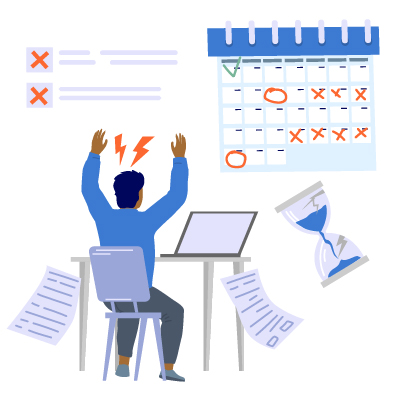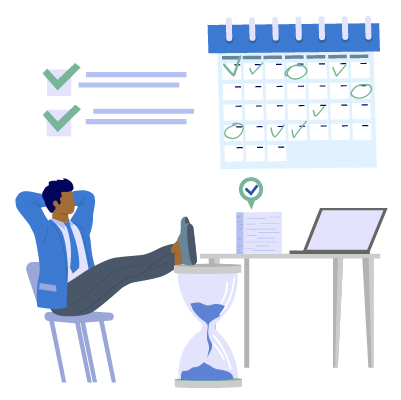As we view data from thousands of virtual events (live and pre-recorded), the shift is evident. Gone is the excuse of pandemic frenzy. Of not realizing you’re on mute. Of trying to win attention with a last minute invite.
The gap is widening between the institutions that have thoughtful, strategic, and organized content plans and those who do not. Students expect virtual and hybrid events to be intentional, specific, and well-planned out.
Back in 2018-2019, our industry-leading best practice timetable was much different as virtual events were a “nice to have” instead of a “have to have”. But the norms have changed and student expectations have increased. Colleges and universities being experts in creating digital engagement experiences and on-demand video content is what students and families anticipate.
Early Virtual Event Preparation Produces Higher Attendance and Engagement
Whether it’s speakers being prepared and confident or invites being advanced and specific, institutions should be putting in the project management alignment for success in the same ways they have returned to prepping for in-person events.
After reviewing and testing invite timetables across institutional types and audience levels, we found that initial invites of three to four days in advance with a reminder one hour before start time achieve the greatest level of attendance.
PQ Tips for the New Time Table
- Plan the strategic calendar for the full year to allow for promotion on your website, planning around staff and faculty travel calendars, confirming strategic alignment of topics with the needs of the particular audience at that point in the recruitment cycle.
- Share the calendar with ALL of those involved. Deadlines for when to submit contact lists, when to approve topics and email copy, when to promote on social media, when to submit speaker names, and similar details matter to different people on your team (or perhaps other departments). Ensure they’re familiar with the content calendar and when their part is due.
- It’s ok to work ahead! Writing email copy and pulling contact lists can be done in advance and may be easier on your content marketing or marketing operations teams to do in batches.
- Explore different engagement techniques; incorporating new approaches might be more sustainable for you and your team.
Approaching virtual events with intentionality — creating agreed-upon time tables, expectations, and alignment within your overall strategy — can make a powerful tool even more impactful for your institution and your audiences.


